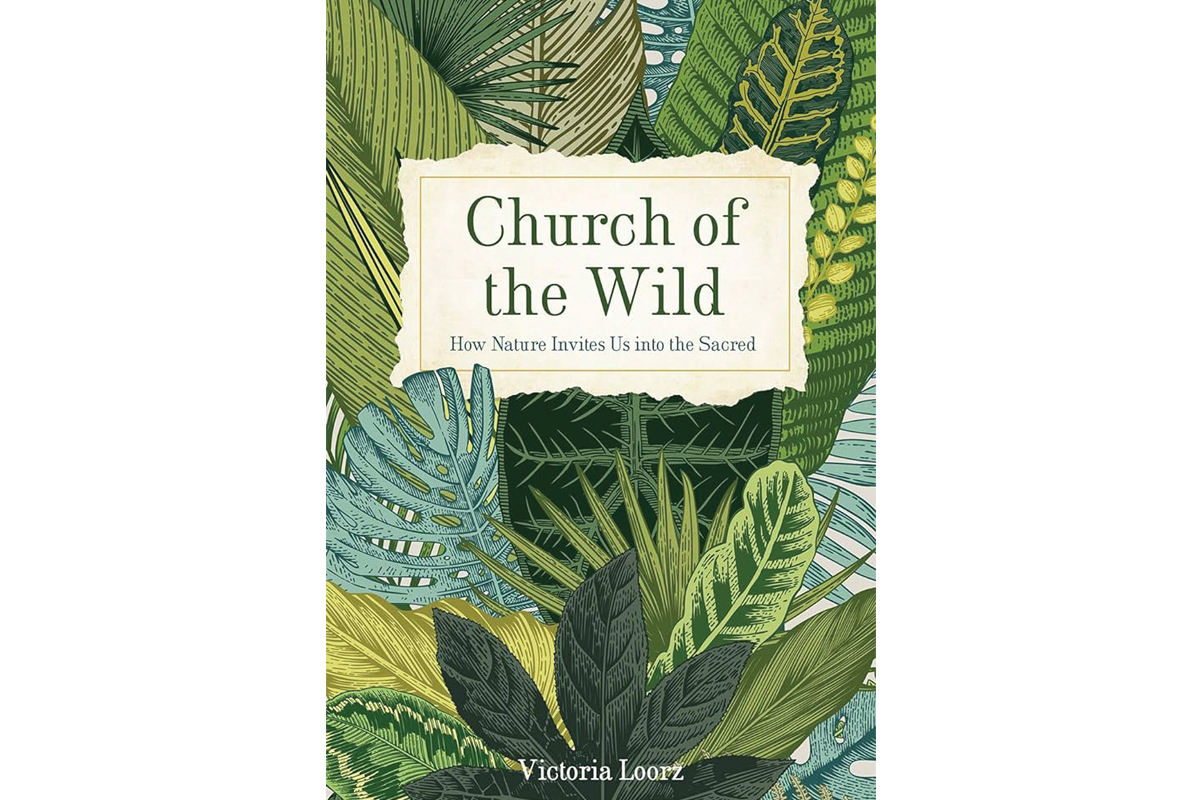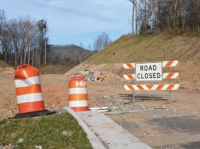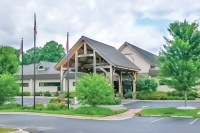A church in communion with all creatures

The Covid pandemic has produced many new books with many of them addressing the current situation in which we humans find ourselves and the pressing issues that we need to address.
The latest in this series of pandemic-inspired books I’ve been lead to and read is “Church of the Wild: How Nature Invites Us into the Sacred” by Victoria Loorz (Broadleaf Books, 2021, 228 pages).
I had been looking forward to reading this book, and once I started reading it I couldn’t put it down. In much the same way as other books I’ve reviewed in these pages such as “Spiritual Ecology” and “Sacred Instructions,” “Church of the Wild” is, also, “holy writ.” A book that begins as something of a memoir of Victoria Loorz’s early life and her various transitions and emergence as a seminary student and eventual pastor of indoor Christian churches and programs for 20 years primarily in the western half of the U.S., she eventually was “called” to nature and the realization that her faith was teaching a message of solitary confinement and exclusionism with the rest of the natural world.
At this point, she launched the first Church of the Wild, in Ojai, California, and began to meet others with the same sense of a call to leave buildings and expand the Beloved Community beyond our own species. She then co-founded the ecumenical Wild Church Network. She is also an eco-spiritual director and co-founder of several transformation-focused organizations focusing on the integration of nature and spirituality to create opportunities for people to re-member themselves back into intimate, sacred relationship with the rest of the living world. She is also co-founder and director of Seminary of the Wild and now calls Bellingham, Washington, her home; along the Salish Sea on territory tended and loved for generations by the Coast Salish peoples, in particular the Nooksack and Lummi nations.
In “Church of the Wild,” Loorz draws on her own experiences in nature and from the writings of other celebrated eco-authors such as Thomas Berry, Robin Wall Kimmerer, Richard Rohr, Bill Plotkin, John O’Donohue, Hildegard of Bingen, Brother David Steindl-Rast, Meister Eckhart, Wendell Berry, Martin Luther King, and others to create a graph of consciousness that maps our past and our way into a healthy and sustainable future on planet Earth. In a book written with clarity and frankness, which is a blending of research, church, and nature, she cites the fact of there being 300 references to the word “wilderness” in the Bible and even mentions, early on, some of the mis-translations of words and metaphors from the various versions of the Bible since the time of the Romans. These include “Word,” (as in “In the beginning was the Word”) which she states should be read as “Conversation.” What she experiences in her forays into the wild is much the same as my own experience of living off-the-grid in Polk County along the Green River during the 1980s and which I wrote about in my book “Zoro’s Field: My Life in the Appalachian Woods.”
Referencing Jesus’ 40 days in the wilderness, Loorz writes: “The wilderness is the place to go when you are standing at the threshold, like Jesus was, of a calling that asks you to risk everything and embody all you are created to be. A calling of humans that calls them to remember that they belong to a greater story. We are expanding our experience of prayer, and we are learning how and why Jesus went into the mountains to do it. There is an unmediated presence of God that can only be experienced outside the human constructs of civilization when we enter into reverent relationship with the natural world.”
Related Items
Her relationship with a female deer is something of a through-line throughout the book, and that relationship becomes a spiritual conversation and teaching for Loorz going forward and her understanding of the inter-relationship of all living things in the natural world. Or, as she writes about halfway through the book regarding her friend the female deer:
“We love all by authentically loving the one or the few who are near us; those who give themselves to us to whom we open our hearts and love back. To regard a wild one as a sacred other, one who has her own wisdom and relationship and concerns beyond our encounters with her — this entering into conversation as a practice of love, which is participation in the presence of the sacred, of Christ.”
In this engaging book, Loorz also talks specifically about cultural and political events such as the Standing Rock Sioux Occupation in 2016 and the effects of Rome and it’s patriarchal politics on the modern Christian Church, and the science of Global Warming. There is so much in this book to savor and reflect upon that there is no way I can do it justice in the brief space I have at my disposal, here. In the Resources section that are the last 30 pages of the book, Loorz shares with us the essentials of her Church of the Wild — the history of; the practice of; the religious service of — which includes the aspects of gathering, land acknowledgment, sacred readings, sermons, communion, benediction (blessing and prayer). An actual first-person guide to sharing an eco-spiritual worship experience in the woods, in the wild.
So. In the end, what should I say and what should we take from “Church of the Wild?” I think, which is often the case, that this is best left to the author to answer and, so, we’ll leave my “benediction” to this review with Victoria Loorz and these closing words: “The whole creation is waiting for the awakening of wild human souls to restore the broken relationship, in all the magnificently diverse ways. We are all in this together. What is your role in this love story of reconnection, restoration, and compassion with the Earth? What part of the sacred wild is calling you to be ordained into service on her behalf?”
(Thomas Crowe is a regular contributor to The Smoky Mountain News and author of the multi-award-winning non-fiction nature memoir “Zoro’s Field: My Life in the Appalachian Woods.”)









